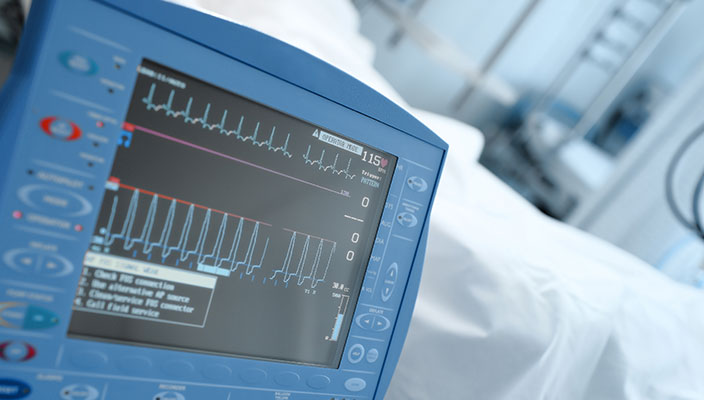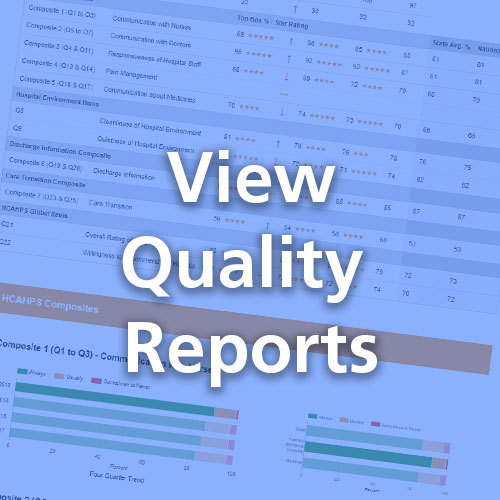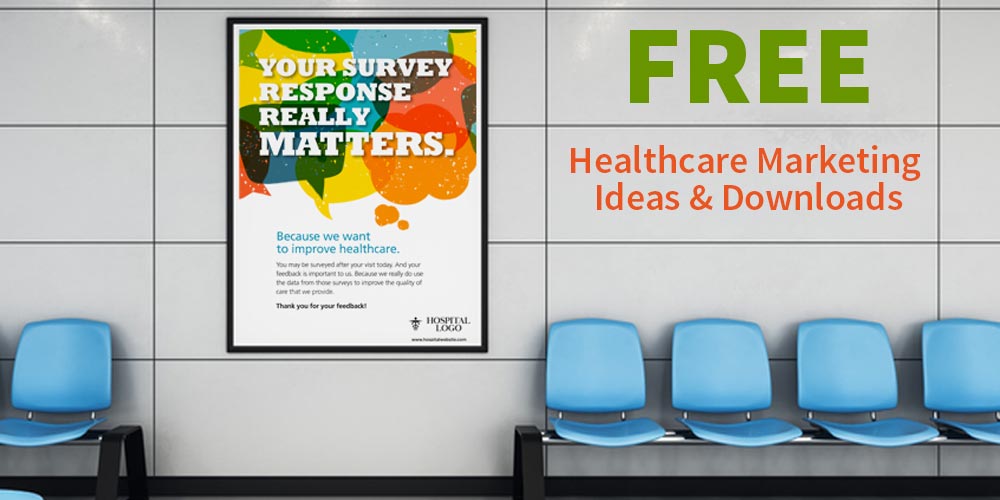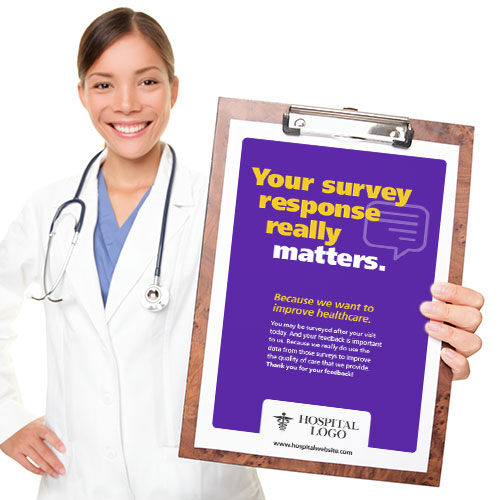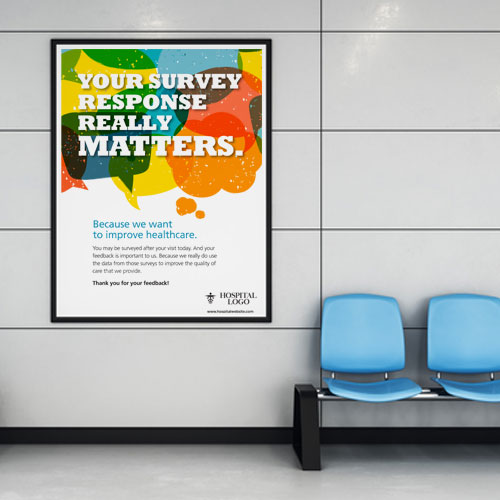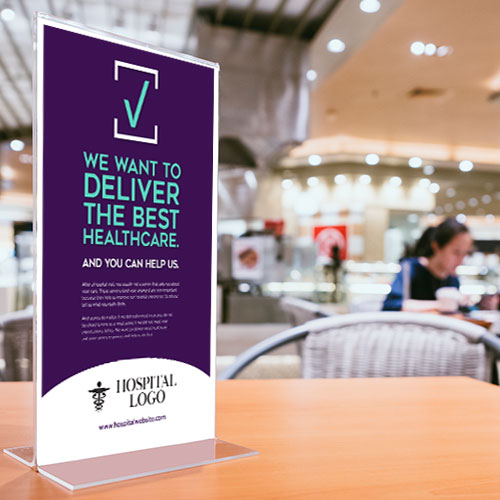
News

Resources
Take advantage of these resources designed to help you better understand MBQIP measures and protocols, as well as ways to make the process go a lot smoother.
Evidence-Based Acute Myocardial Infarction (AMI) Quality Improvement Programs/Strategies for CAHs
This policy brief focuses on evidence-based AMI quality improvement programs and strategies that are applicable to CAHs.
Developing Regional STEMI Systems of Care: A Review of the Evidence and the Role of the Flex Program
View a summary of evidence for regional systems of care for patients presenting with STEMI. These systems of care have both a quality improvement and a systems development focus and provide a valuable opportunity for state Flex programs to engage CAHs and EMS in improving STEMI care for rural residents.
Emergency Severity Index (ESI): A Triage Tool for ED Care
The ESI Implementation Handbook provides information for establishing ESI - a five-level ED triage algorithm that provides clinically relevant stratification of patients into five groups from least to most on the basis of acuity and resource needs.
Improving Patient Flow and Reducing ED Crowding: A Guide for Hospitals
This guide presents step-by-step instructions that can be used by hospitals in planning and implementing patient flow improvement strategies to ease emergency department crowding.
This project is/was supported by the Health Resources and Services Administration (HRSA) of the U.S. Department of Health and Human Services (HHS) under grant number UB1RH24206, Information Services to Rural Hospital Flexibility Program Grantees, $1,100,000 (0% financed with nongovernmental sources). This information or content and conclusions are those of the author and should not be construed as the official position or policy of, nor should any endorsements be inferred by HRSA, HHS or the U.S. Government.

Marketing

Many hospitals and healthcare organizations do not have marketing departments or budgets for quality agency materials that can be customized. Our goal is to provide you the ability to use free of charge campaigns that will help your organization.
Use our customization tool and choose the various options you would like to use. Each theme will have different deliverables. Choose just one, or a couple to create a well-rounded campaign. If you need them printed, we offer that service as well.

Education
Please use these resources to help expand the knowledge of your staff on the various MBQIP measures that are essential for state Flex programs.

Reports
The MBQIP Outpatient Care Quality Reports include data from CMS Hospital Compare measures that are relevant for CAHs under the MBQIP domains of outpatient care. The reports include data from all CAHs that have signed a MBQIP Memorandum of Understanding (MOU) and have submitted data. Thus, the reports include data from CAHs that have not agreed to publicly report on Hospital Compare, in addition to data from CAHs that don’t have enough cases to be publically reported on Hospital Compare, providing a more complete picture of performance across CAHs nationally.
Using Compairson Data for Outpatient Measures
MBQIP Outpatient Care Quality Reports summarize process-based quality measures that evaluate implementation of clinically proven best practices of care. Hospitals should strive to provide these best practices in clinical care to every patient, 100 percent of the time. Each measure includes the following comparison groups:
- all reporting CAHs by state, under the column header CAH State Current Quarter
- all reporting CAHs nationally, under the column header CAH National Current Quarter
- all reporting hospitals nationally (both Prospective Payment System hospitals and CAHs), under the column header All National Current Quarter
Although it can be helpful to understand performance in comparison to those norms, averages represent the middle ground for performance and everyone should strive to achieve at least the 90th percentile for each measure. For quality improvement purposes, such data benchmarks are more useful than average comparison data.



